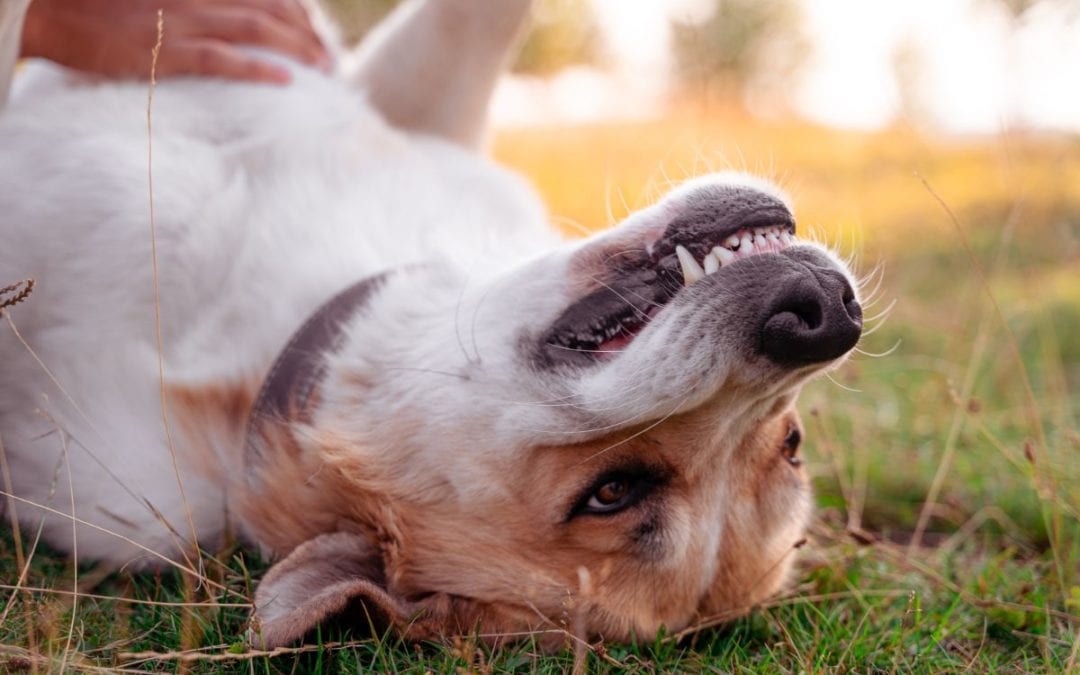Did you know? Your pet can fracture their teeth! Here are four facts you should know about fractured teeth in pets.
#1: Pets can break their teeth in a variety of ways
Dogs most often damage their large upper premolar, or carnassial tooth, as well as their back molars when they chew on objects that are too hard. Dogs can also fracture teeth if they chew on wire kennels or experience blunt trauma, including getting hit by a car or simply attempting to catch a frisbee or fetch a stick.
Cats suffering from feline odontoclastic resorptive lesions (FORLs) have damaged, weak teeth that are more susceptible to fracture. Trauma can also cause a cat to break teeth when she jumps down from a high object, and her front legs absorb the shock from the landing, causing her head to lower and hit the ground.
#2: A swollen lump under your pet’s eye may indicate a fractured tooth
While pets may show signs of pain when the tooth breaks, there are other signs pet owners may notice:
- Drooling
- Diminished appetite
- Chewing on one side of the mouth
- Having a swollen lump under the eye, which can indicate an oral abscess
#3: Treatment for a pet’s fractured tooth will depend on the type of fracture and the animal’s age
If your pet fractures a tooth, we’ll obtain X-rays to determine how far the break extends down the tooth and whether the roots or jawbone are affected. Depending on the severity of the fracture and your pet’s age, treatment may include:
- Resin bonding
- Root canal
- Vital pulpotomy therapy with pulp capping
- Extraction
#4: Most fractured teeth can be prevented
Other than the fractures caused by FORLs in cats, most tooth fractures in pets can be prevented by:
- Avoiding toys and treats that are too hard for you to bend, like animal antlers, bones, and even synthetic bones (find safe and effective pet dental products at vohc.org)
- Ensuring your pet has a veterinary oral exam at least once per year
- Limiting games of fetch with hard items
Think your pet might have a fractured tooth? Call our office.


